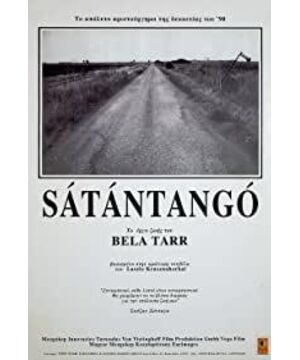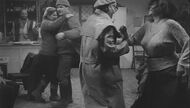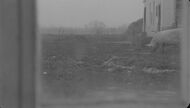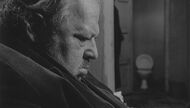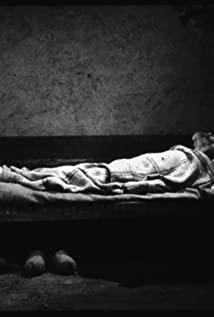"The film is seven hours long but every minute is thunderous and fascinating. I hope I will watch it again every year during my lifetime."-Susan Sontag
The first eight minutes of the track pushing scene has revealed the epic spirit of the film. The herd of cows gushed from the cowshed, and the camera tracked them across a row of dilapidated farm houses. What is interesting is that they blindly rushed all the way and tried to mate all the way. The Tarkovsky-style picture is a typical Tarr style that teaches people to hold their breath. With a stroke of a clever pen, it foretells how a collective farm will die. The story begins when it is rumored that a dead liar returns to the village. He wants to defraud the farm income, but the villagers believe that he is a great savior. Then there was a tragedy, and then a satirical story. The structure of the entire film's twelve chapters is just like Krasannahorkai's original work, inspired by the tango dance six steps forward and six steps back, and the same plot is sometimes repeated from different perspectives. The final fate of the farm is a metaphor for the collapse of communism in the early 1990s, and it is also a reflection of the common destiny of mankind.
The two most exciting episodes in the film. One is that the doctor who acts as the narrator secretly records the activities of the villagers. His staggering and drunk follow-up mirror has become the most touching experience of watching the movie. Another episode of girl abuse of cats also wrote down some sad moments in film history. There is no mystery, a kind of frankness to explain the story, allowing the actors to exist in real time, allowing the audience to breathe in accordance with their mood, and there is the director's deepest affection and respect for the film. Every shot of the seven and a half hours is immortal--not static, but an organic inner rhythm. Like Ozu and Delaire, Tal knows the essence of long shots. This must be experienced, a once-in-a-lifetime viewing experience.


